Sonus Paradisi
Yokota, 1990 [Hauptwerk]
Yokota, 1990 [Hauptwerk]
No se pudo cargar la disponibilidad de retiro
Yokota Centennial Organ of Chico State University (1984-1990)
The 2 manual tracker organ owned by the Chico State University (California) was built by Munetaka Yokota according to the aesthetic and artisanal principles of Gottfried Silbermann. The special and unique feature of the instrument is the way it was built.
One day in 1984, Munetaka Yokota showed up in a small college town, without a team of trained craftsmen and without materials. He recruited volunteers from the student body and community as his assistants and trained them in the handcraft techniques of the early 18th century as a part of their college curriculum. The city of Chico donated enough wood from the fallen Hooker Oak to construct the pedal board and bench, while local lumber companies contributed wood for the organ’s body. The University Farm donated shin bones from cows in order to fashion the keyboards, and the art department’s sculpture lab created the organs pipes out of melted tin and lead. The metal for the pipes of Yokota’s Silbermann-style organ was cast from lead reclaimed from spent bullets from the LAPD gun range!
In 1990, the organ was meticulously done and it has gained an international reputation since then.
Presented to you by Leonart Studio, your authorised reseller for Sonus Paradisi in Switzerland (shipped internationally). Get your digitally sampled historical organs for the use with the Hauptwerk virtual instrument software.
Share this Sample Set
![Yokota, 1990 [Hauptwerk]](http://artful.shop/cdn/shop/files/ss_Yokota1.jpg?v=1693322392&width=1445)
![Yokota, 1990 [Hauptwerk]](http://artful.shop/cdn/shop/files/ss_Yokota2.jpg?v=1693322390&width=1445)
![Yokota, 1990 [Hauptwerk]](http://artful.shop/cdn/shop/files/ss_Yokota3.jpg?v=1693322391&width=1445)
![Yokota, 1990 [Hauptwerk]](http://artful.shop/cdn/shop/files/ss_Yokota4.jpg?v=1693322391&width=1445)
![Yokota, 1990 [Hauptwerk]](http://artful.shop/cdn/shop/files/ss_Yokota5.jpg?v=1693322391&width=1445)
![Yokota, 1990 [Hauptwerk]](http://artful.shop/cdn/shop/files/ss_Yokota6.jpg?v=1693322390&width=1445)
![Yokota, 1990 [Hauptwerk]](http://artful.shop/cdn/shop/files/ss_Yokota11_d2683a92-cd79-47cd-8ff2-2821c2156f6b.jpg?v=1693322389&width=1445)
Specification (stop list)
-
Manual I
Hauptwerk C–a3
Principal (in facade) 16'
Octav Principal (facade) 8'
Viol di Gamba 8'
Hohlfloete 8'
Octava 4'
Spitzfloete 4'
Quinta 3'
Octava 2'
Tertia 1 3/5'
Mixtur IV 2'
Cymbel III 1 1/3'
Cornet IV (c-) 4'
Fagott 16'
Trompete (German) 8'
Glockenspiel (c-f2) 4' -
Manual II
Oberwerk (enclosed) C–a3
Quintadena 16'
Principal 8'
Unda maris (a-) 8'
Quintadena 8'
Gedackt 8'
Octava 4'
Rohrfloete 4'
Nasat 3'
Octava 2'
Tertia 1 3/5'
Quinta 1 1/3'
Sifflet 1'
Mixtur (Scharf) IV 1 1/3'
Trompette (French) 8'
Vox humana 8' -
Manual III
-
-
Manual IV
-
-
Pedal
Pedal C–f1
Gross Untersatz 32'
Principal Bass 16'
Octav Bass 8'
Octav Bass 4'
Posaunen Bass 16'
Trompeten Bass 8'
Cornet Bass 4' -
Other specification
Couplers:
HW/Ped 8', OW/Ped 8', OW/HW 8';
Accessories:
Zimbelstern (2x);
Vogelgesang;
Tremulant works for the entire organ with the exception of Untersatz, Principal Bass 16 and Posaunen Bass 16. The Tremulant stop still engages the tremmed samples for the entire organ, including the pedal stops. In addition, split tremulants were prepared for HW and OW, accessible from the simple tab.
Device to mute/unmute the middle C of the Cornet, thus allowing for French or Spanish compass.
History
Yokota Centennial Organ of Chico State University (1984-1990)
The 2 manual tracker organ owned by the Chico State University (California) was built by Munetaka Yokota according to the aesthetic and artisanal principles of Gottfried Silbermann. The special and unique feature of the instrument is the way it was built.
David Rothe, the music and organ teacher at the university since 1968, met with Munetaka Yokota when he was an apprentice of John Brombaugh and the two visionaries prepared a project of building the organ on site in the same way organs were built several centuries ago. Subsequently, thanks to the efforts of David Rothe, Munetaka Yokota was hired by the university as an "artist in residence" for several years.
Hence, one day in 1984, Munetaka Yokota showed up in a small college town, without a team of trained craftsmen and without materials. He recruited volunteers from the student body and community as his assistants and trained them in the handcraft techniques of the early 18th century as a part of their college curriculum. The city of Chico donated enough wood from the fallen Hooker Oak to construct the pedal board and bench, while local lumber companies contributed wood for the organ’s body. The University Farm donated shin bones from cows in order to fashion the keyboards, and the art department’s sculpture lab created the organs pipes out of melted tin and lead. The metal for the pipes of Yokota’s Silbermann-style organ was cast from lead reclaimed from spent bullets from the LAPD gun range!
In 1990, the organ was meticulously done and it has gained an international reputation since then.
Features
Resolution and Encryption
The samples are offered in 48kHz/24bit resolution. The multiple releases have three levels: short, mid and long. Hauptwerk v4.2 and higher supported. The sample set is offered in plain wave format. No encryption.
Reverb time
The reverb time is ca. 2 seconds.
Keyboards, pedalboard
The original compass of the keyboards is 57 keys (highest g# missing, but added in the sample set). The original compass of the pedal division is 30 keys.
Tremulants
All ranks were recorded with and without tremulants for the most convincing tremulant behavior. Three lowest pedal stops have no tremulant. Loading the authentic tremmed ranks consumes large amount of RAM. It is possible to select to use the artificial tremulant instead to save RAM (the switch is located on the mixer tab).
Surround format
The sample set is offered in the Surround variant (6 channels). In addition to the usual 4-channel surround, there are two more alternative front channels. In total, there are 4 front audio channels and 2 rear channels. The two pairs of the front ranks feature two different recording positions: direct (near to the pipes) and diffuse (distant from the instrument). These two pairs of the front ranks can either be mixed together freely to achieve any listening position between the two extremes, or used separately - depending on the prefererences of the user. A dedicated "mixing desk" is available in Hauptwerk to mix the sound to the desired level.
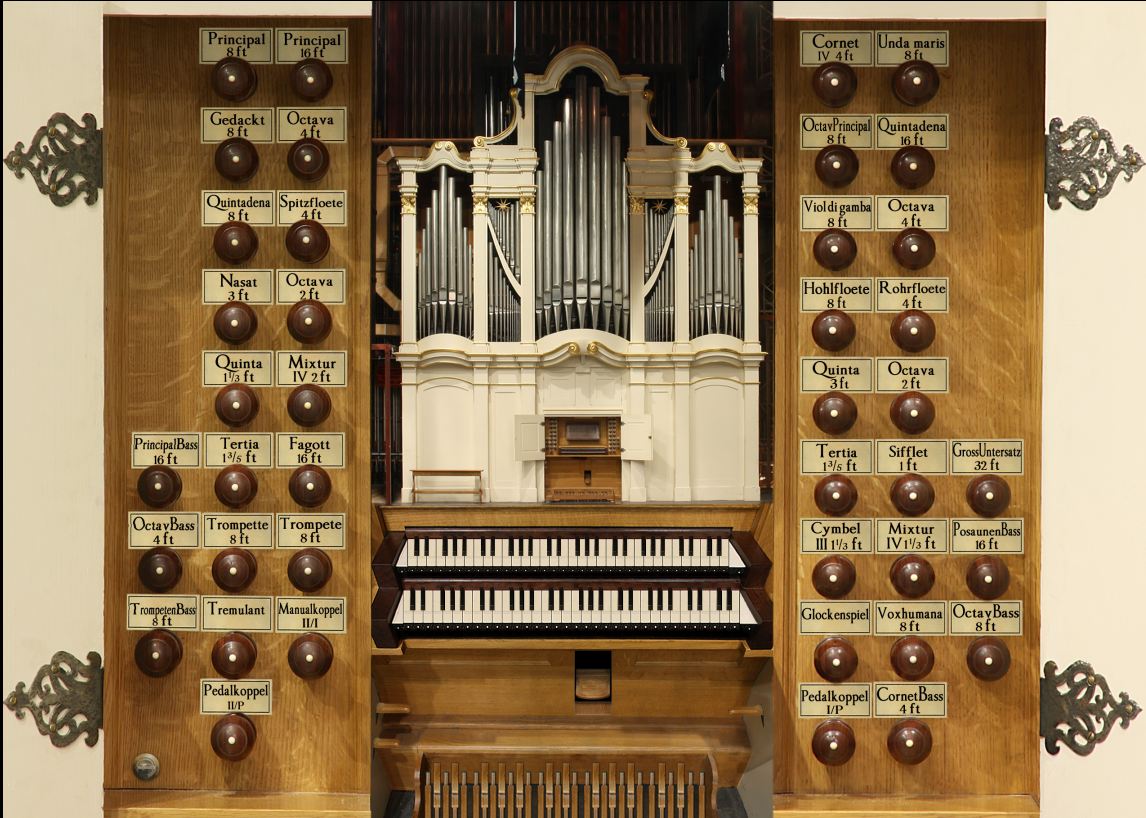

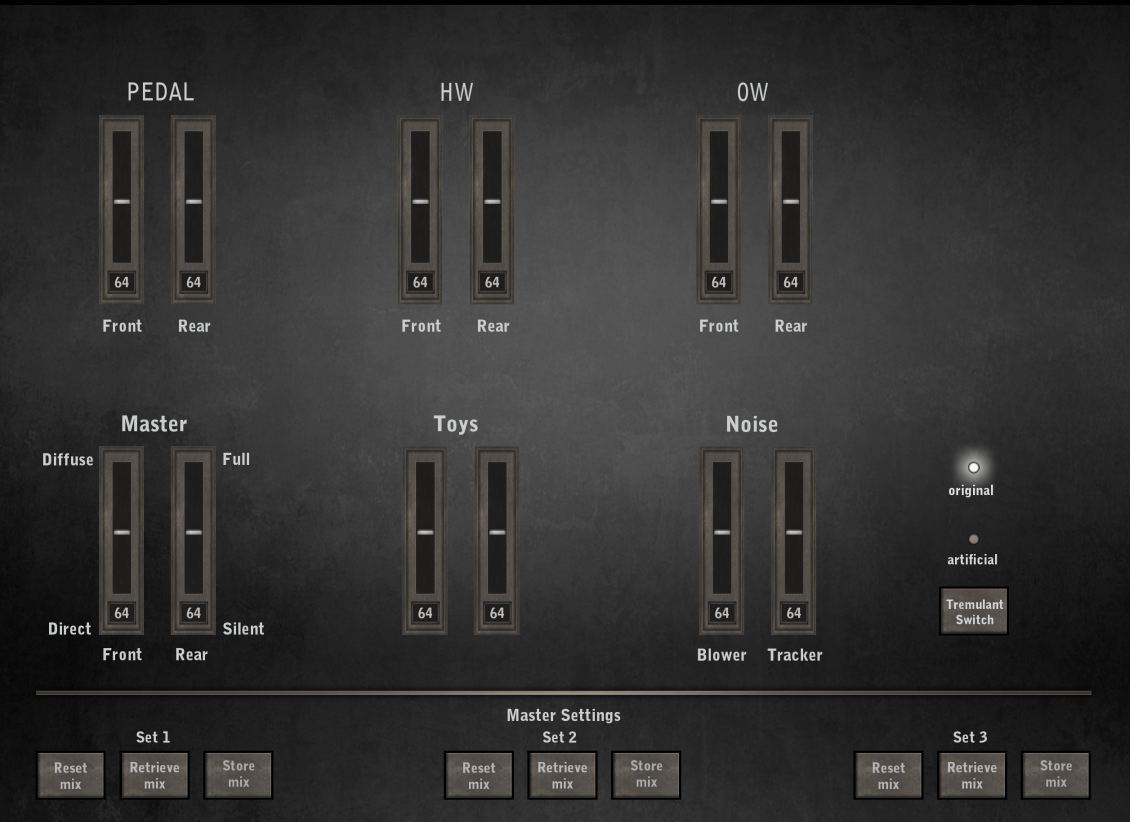
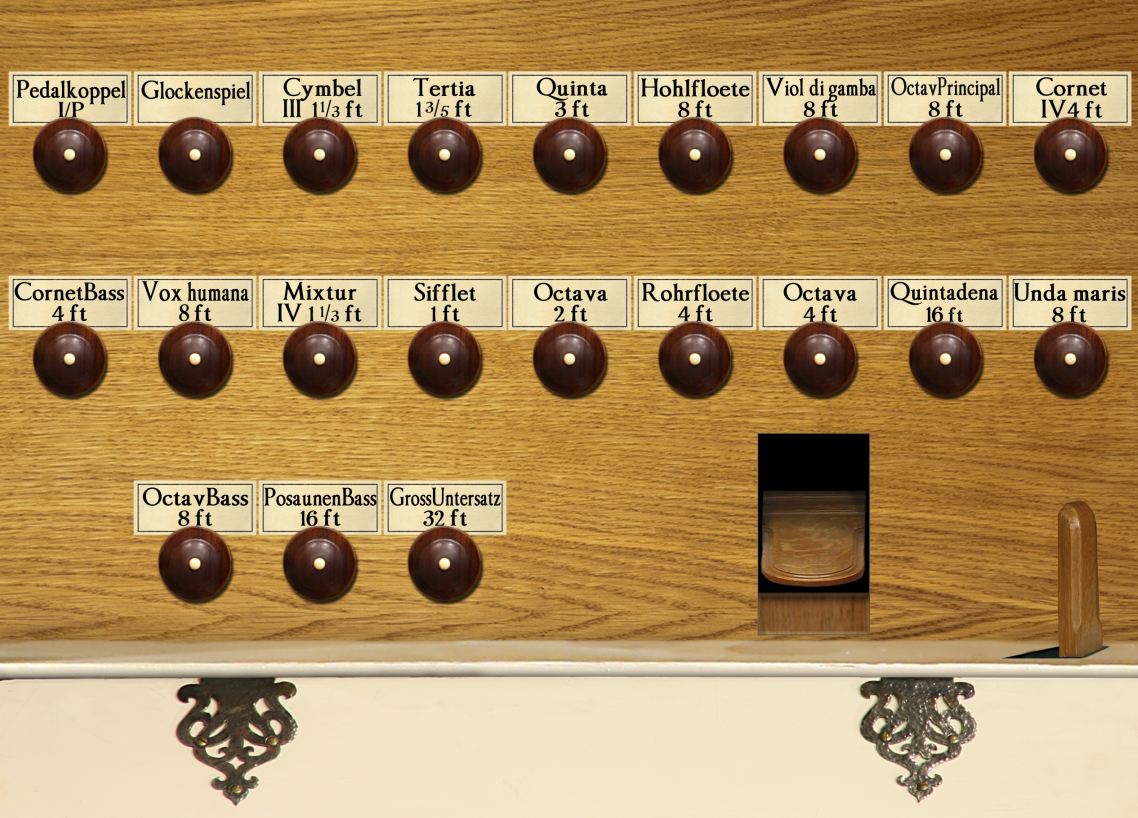
Requirements
Hauptwerk v4.2 and higher supported. The sample set is offered in plain wave format. No encryption.
Requirements RAM consumption: 6-channel surround
16-bit, other settings default: 16.8 GB
20-bit, other settings default: 27.6 GB (recommended)
24-bit, other settings default: 31.7 GB
RAM consumption: 2-channel (front-direct solo for a semi-dry experience)
16-bit, other settings default: 6.6 GB
20-bit, other settings default: 9.8 GB
24-bit, other settings default: 11.9 GB
Screen resolution 1280x1024 px or more. Polyphony of 4000 voices recommended for the full suround (2000 pipes minimum). Polyphony of 2000 simultaneous pipes recommended for use of the wet sample set.
This Hauptwerk Sample Set is presented to you by Leonart Studio, an authorised reseller for the manufacturer Sonus Paradisi in Switzerland (shipping internationally). Enjoy this digitally sampled organ library for the use with Hauptwerk software and start expanding your historical organ collection today.
More Hauptwerk Sample Sets
-
Casavant, 1995 [Hauptwerk]
Proveedor:Sonus ParadisiPrecio habitual CHF 174.90Precio habitualPrecio unitario / por -
Reuter, 1928 [Hauptwerk]
Proveedor:Sonus ParadisiPrecio habitual CHF 473.00Precio habitualPrecio unitario / por -
Rotterdam Hoofdorgel, 1973 [Hauptwerk]
Proveedor:Sonus ParadisiPrecio habitual A partir de CHF 330.00Precio habitualPrecio unitario / porCHF 958.10Precio de oferta A partir de CHF 330.00Oferta -
Groningen, 1450-1740 [Hauptwerk]
Proveedor:Sonus ParadisiPrecio habitual A partir de CHF 658.90Precio habitualPrecio unitario / porCHF 1,681.90Precio de oferta A partir de CHF 658.90Oferta -
Goerlitz, 2006 [Hauptwerk]
Proveedor:Sonus ParadisiPrecio habitual A partir de CHF 328.90Precio habitualPrecio unitario / por -
Bückeburg, 1997 [Hauptwerk]
Proveedor:Sonus ParadisiPrecio habitual A partir de CHF 1.10Precio habitualPrecio unitario / por -
Brasov, 1839 [Hauptwerk]
Proveedor:Sonus ParadisiPrecio habitual CHF 418.00Precio habitualPrecio unitario / por -
St. Omer, 1717-1855 [Hauptwerk]
Proveedor:Sonus ParadisiPrecio habitual CHF 323.40Precio habitualPrecio unitario / porCHF 410.96Precio de oferta CHF 323.40Oferta -
Stellwagen organ, St. Marien, Stralsund (1659)
Proveedor:Sonus ParadisiPrecio habitual CHF 858.00Precio habitualPrecio unitario / por -
![Clavichord Model [Hauptwerk]](//artful.shop/cdn/shop/files/ss_clavichord.jpg?v=1724310155&width=533) Agotado
AgotadoClavichord Model [Hauptwerk]
Proveedor:Sonus ParadisiPrecio habitual CHF 33.00Precio habitualPrecio unitario / por


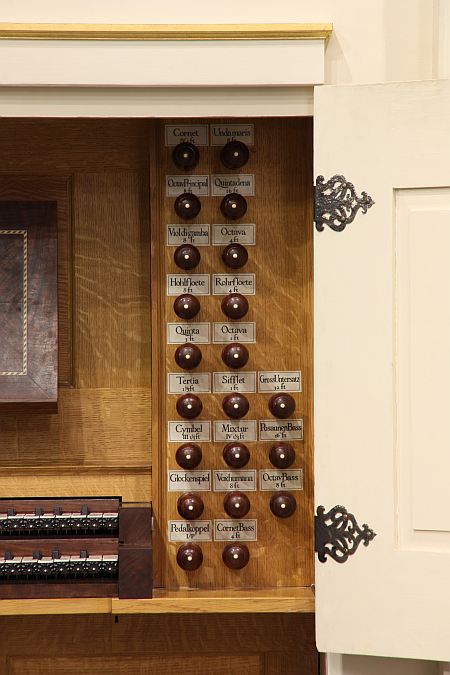


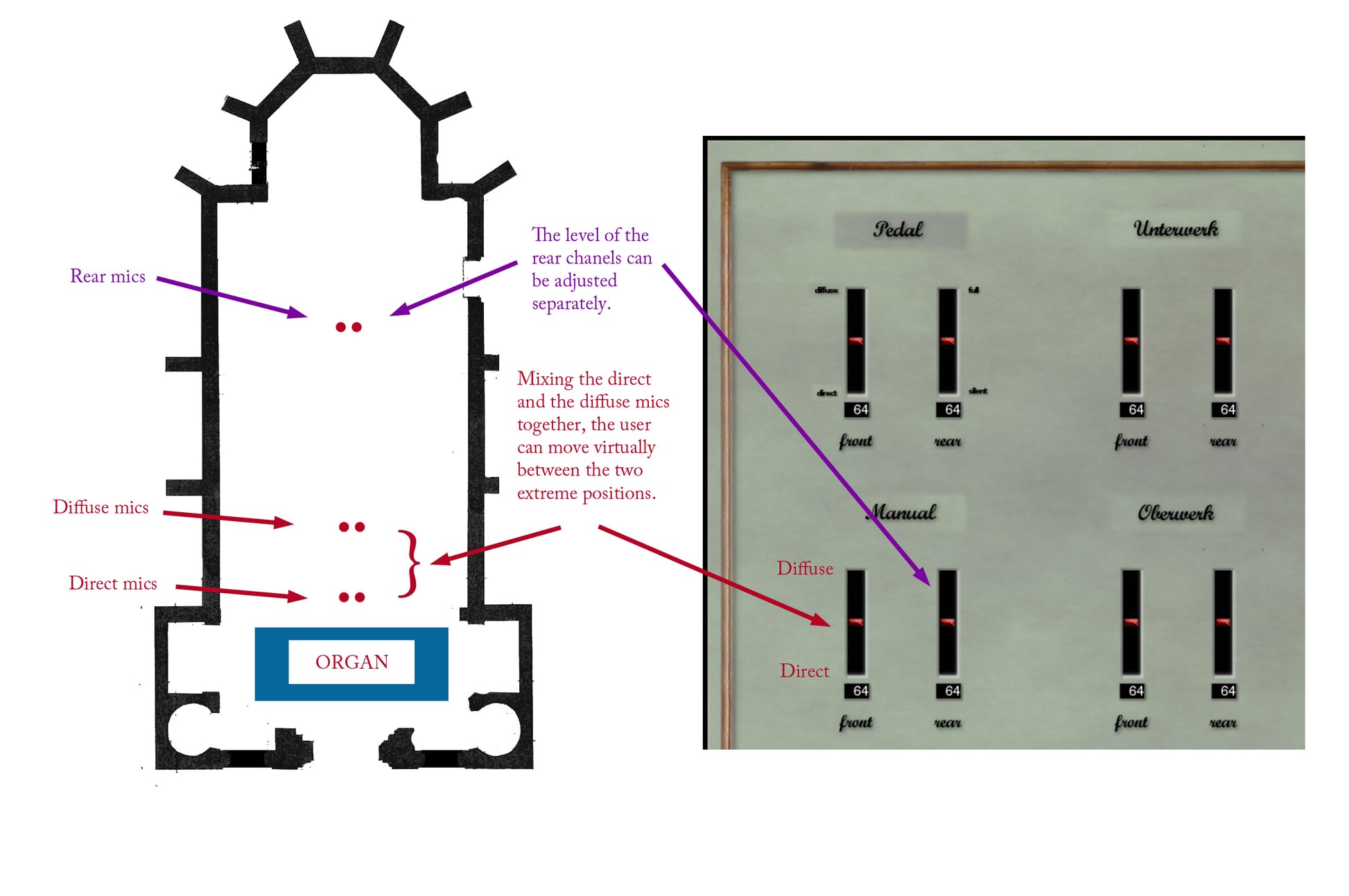
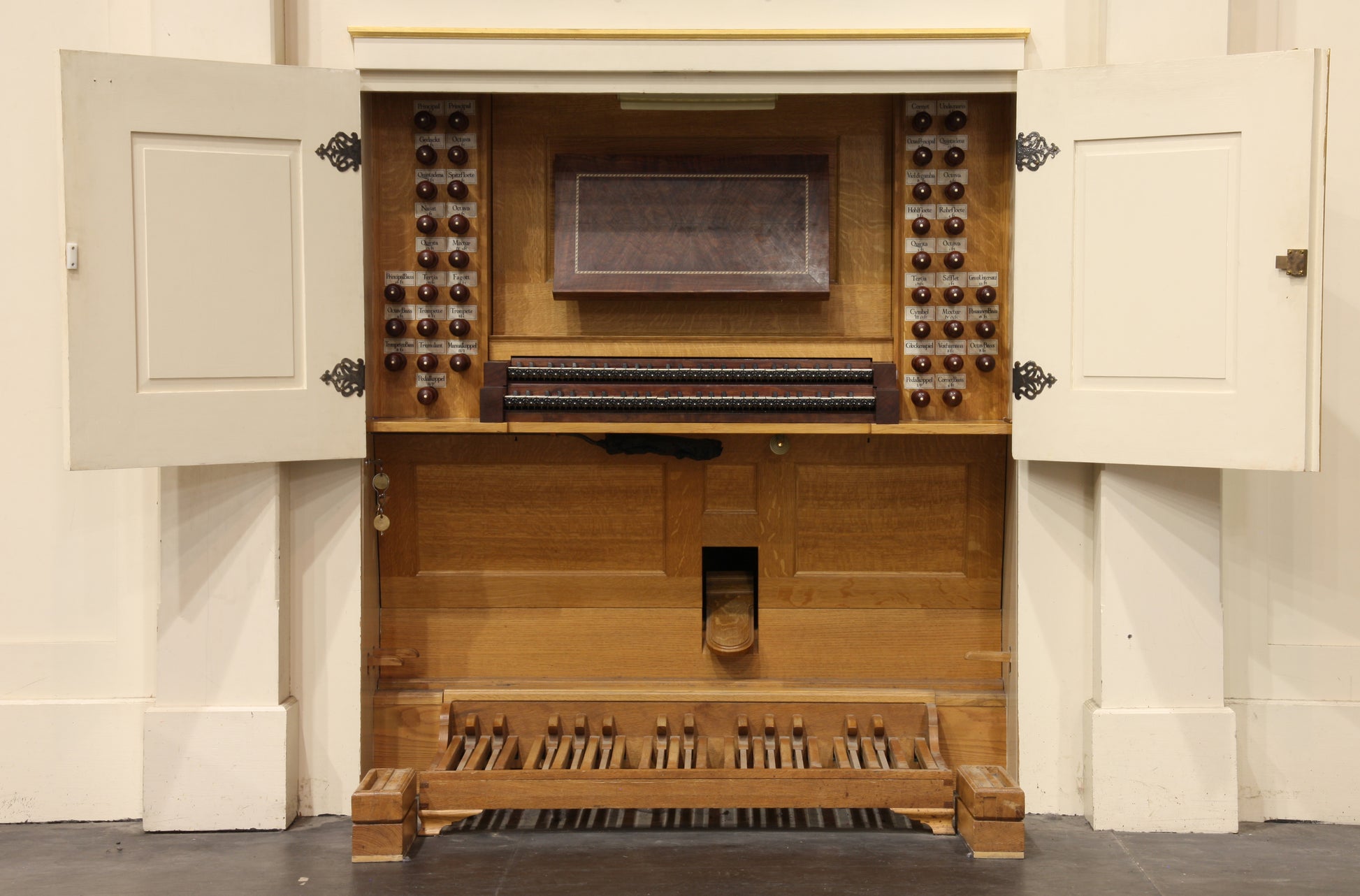
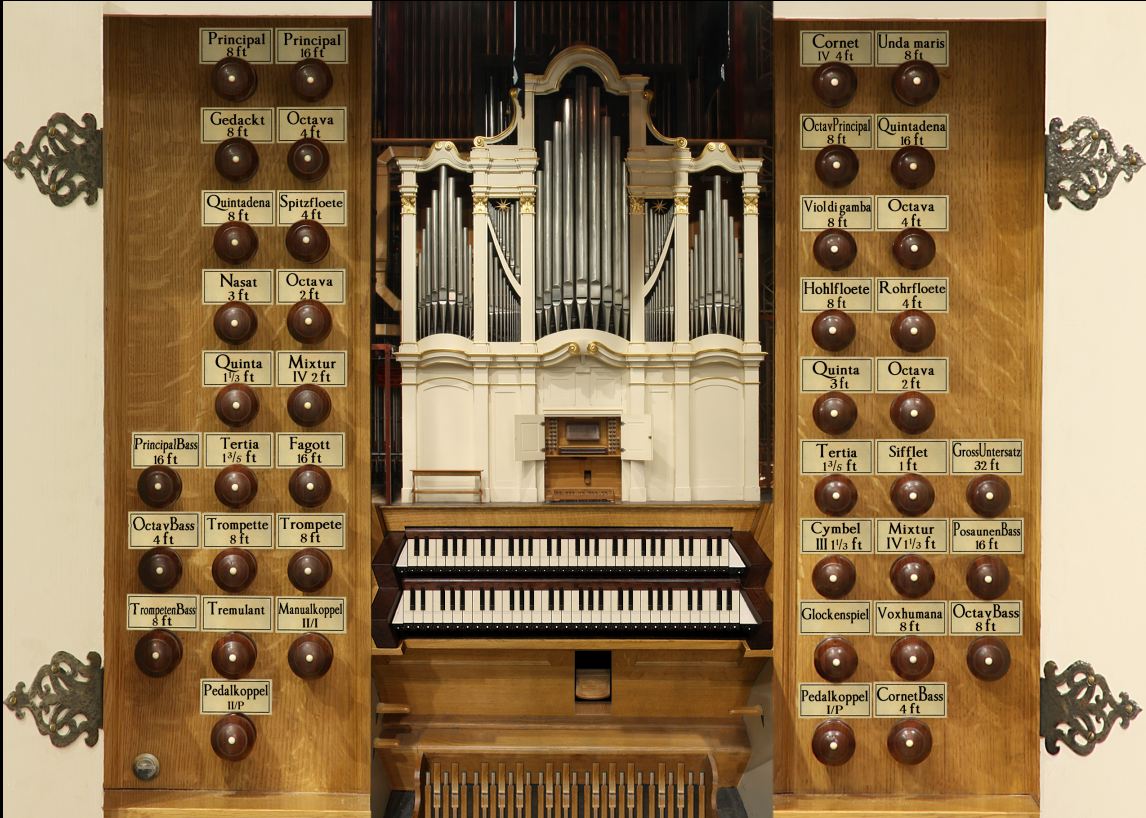
![Casavant, 1995 [Hauptwerk]](http://artful.shop/cdn/shop/files/ss_casavant1.jpg?v=1693319885&width=533)
![Reuter, 1928 [Hauptwerk]](http://artful.shop/cdn/shop/files/ss_Reuter1.jpg?v=1693321024&width=533)
![Rotterdam Hoofdorgel, 1973 [Hauptwerk]](http://artful.shop/cdn/shop/files/ss_RotterdamMain1.jpg?v=1693279529&width=533)
![Groningen, 1450-1740 [Hauptwerk]](http://artful.shop/cdn/shop/files/ss_Groningen1.jpg?v=1693275425&width=533)
![Goerlitz, 2006 [Hauptwerk]](http://artful.shop/cdn/shop/files/ss_goerlitz1.jpg?v=1692995837&width=533)
![Bückeburg, 1997 [Hauptwerk]](http://artful.shop/cdn/shop/files/ss_bueckeburg1.jpg?v=1692967628&width=533)
![Brasov, 1839 [Hauptwerk]](http://artful.shop/cdn/shop/files/ss_brasov1.jpg?v=1692967057&width=533)
![St. Omer, 1717-1855 [Hauptwerk]](http://artful.shop/cdn/shop/files/ss_omer1.jpg?v=1692904128&width=533)
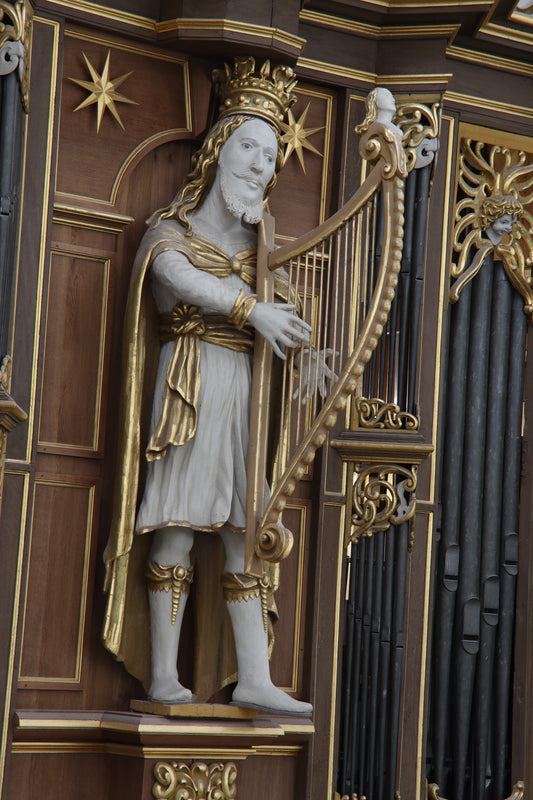
![Clavichord Model [Hauptwerk]](http://artful.shop/cdn/shop/files/ss_clavichord.jpg?v=1724310155&width=533)